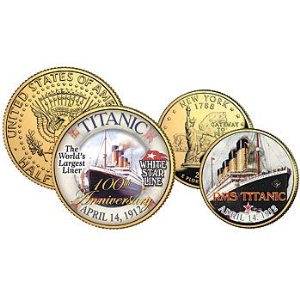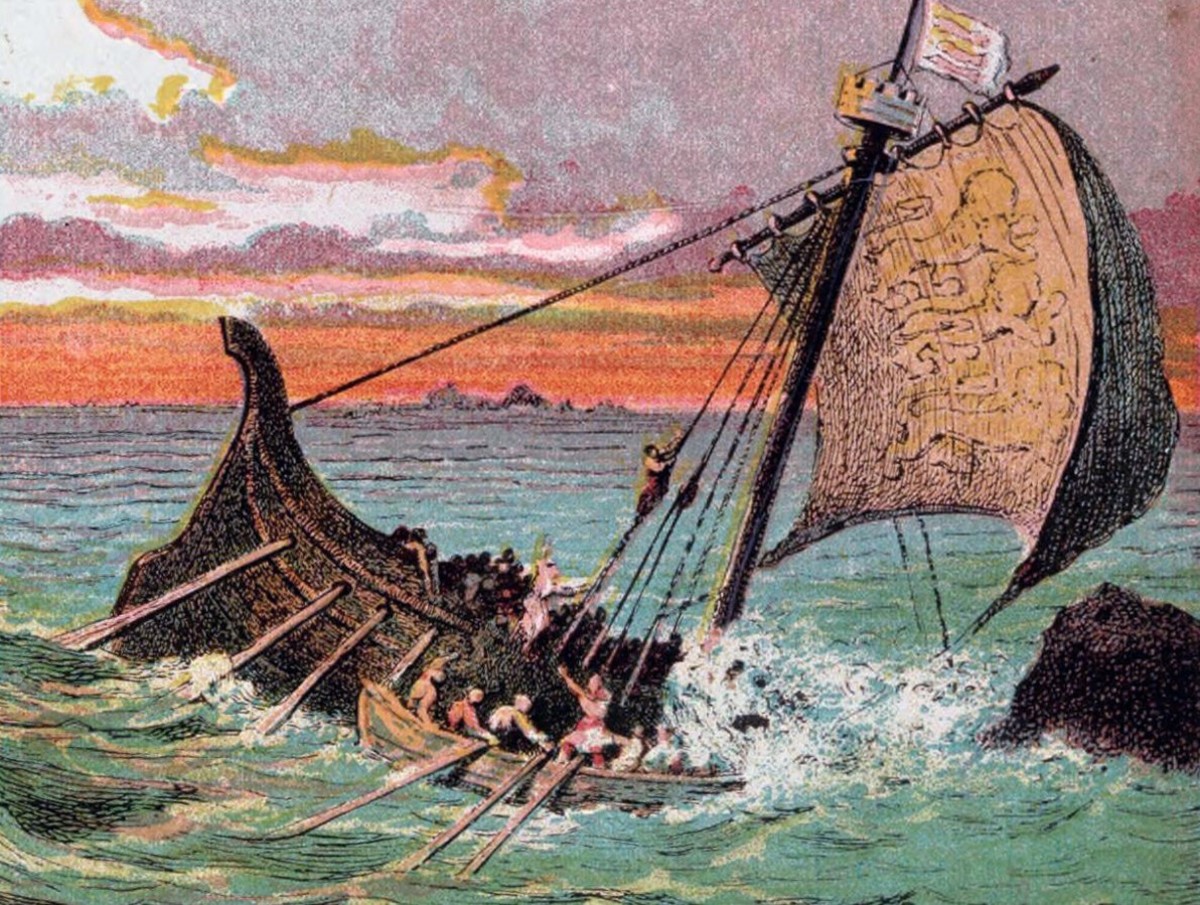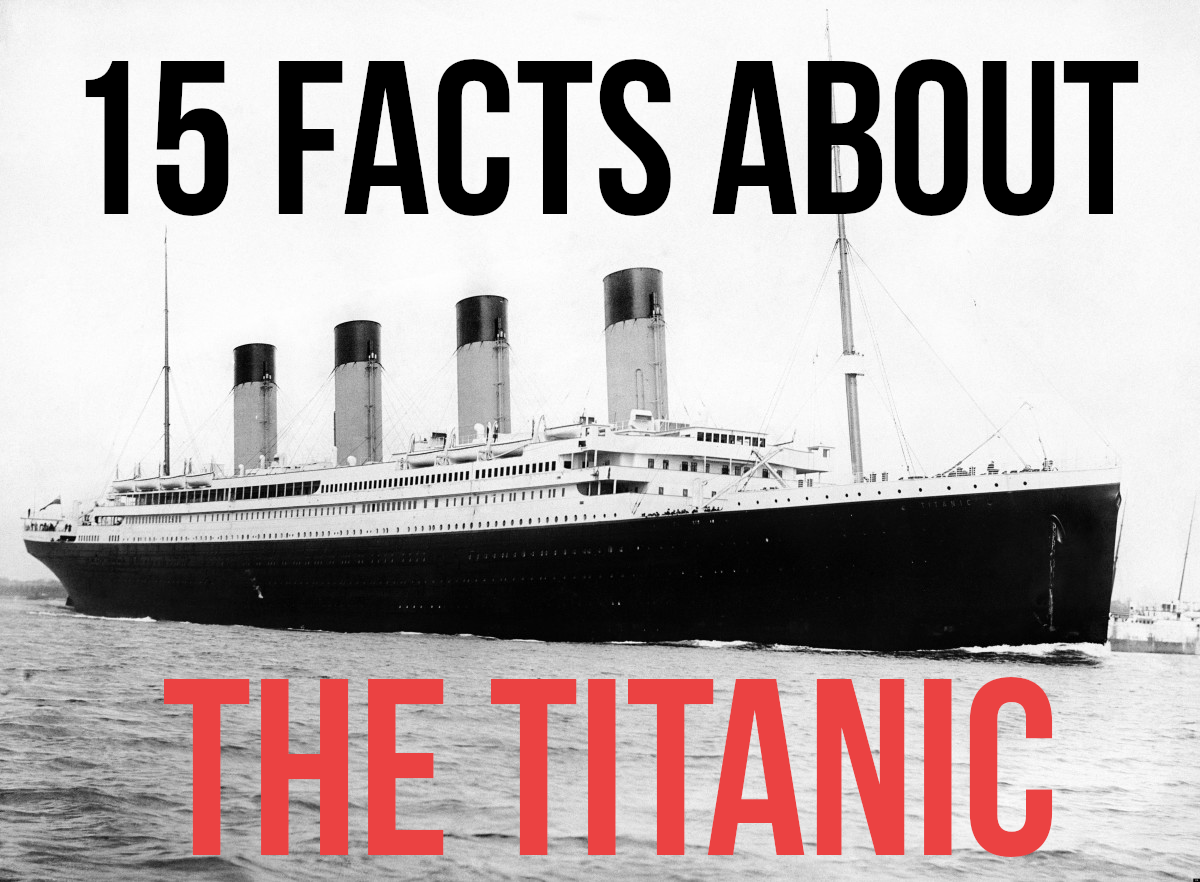The Mystique of the Titanic
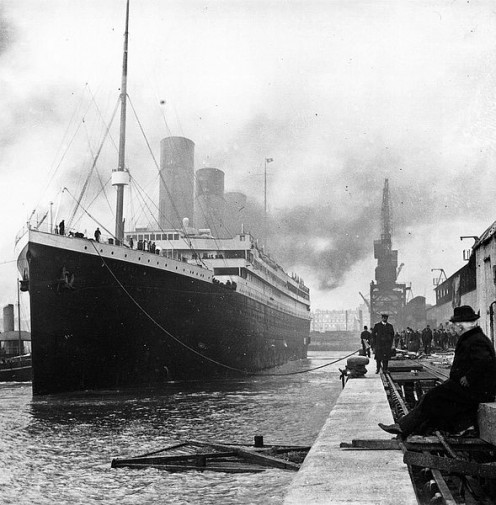
Why is the Titanic Story so Popular?
"...There arose to the sky the most horrible sounds ever heard by mortal man except by those of us who survived this terrible tragedy.
Agonizing cries of death from over a thousand throats, the wails and groans of the suffering, the shrieks of the terror-stricken and the awful gaspings for breath of those in the last throes of drowning, none of us will ever forget to our dying day." - Colonel Archibald Gracie, Titanic Survivor
A Very Human Tragedy
Human history is littered with ship wrecks, train wrecks - disasters and tragedies of all descriptions. So why has the Titanic, in particular, captured public imagination, so much so that we never seem to tire of its mystique? It is now over one hundred years since the White Star Liner sank to the bottom of the sea but interest in the ship story endures.
There have been films, poems, books, plays, songs, model reproductions, exhibitions and documentaries about this iconic shipwreck and now the Titanic it is to rebuilt again by an Australian millionaire. Is it just down to Hollywood romanticising the event or is there something else at play?
From the beginning, the RMS (Royal Mail Ship)Titanic story was built on myth - the press had pronounced her "unsinkable', an impossible claim that had no real foundation but was based merely upon her impressive size, name and capabilities. She was named after the Titans, powerful giants from ancient Greek mythology and everything about that name conjured strength and invincibility. Thus, even before she hit the water for her maiden voyage, the mythology was already in place and the Titanic on course to be made into the stuff of legend by the spectacular human tragedy that followed.

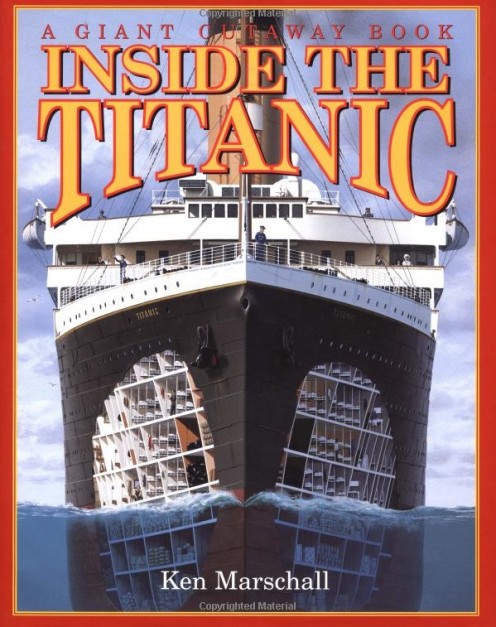
Drama at Sea
The sinking of the Titanic in 1912 after a collision with an iceberg had captured human imagination in a way that was different from any ordinary tragedy at sea, partly because of the profound irony of the 'unsinkable' ship sinking on her maiden voyage but also because the whole catastrophic event was a theatrical enactment of the contradictions, foibles and passions inherent in humanity.
Upon the dramatic stage of the churning ocean it revealed noble heroism and sacrifice, love and loyalty but also selfishness, deception and greed, as well as the awful realities, injustices and inequalities of a system steeped in class distinction. There were too few lifeboats and steerage passengers suffered the worst casualties.
Certain catastrophic events in human history seem to carry a kind of universal metaphorical significance - the destruction of the twin towers, for example. So it was with the sinking of the Titanic, only in this case it was about man's reckless overconfidence in technology against the overwhelming brute force of nature.
While it may sound fanciful, there was also something ennobling in the fact that, as the ship was consigned to Poseidon's mysterious depths, in a scene of sublime pathos the courageous musicians played unto the end, as if to send a doleful message into the cold night sky and thus play out the universal song of despair that at times, has so marked mankind's painful history.In any case, the musician's story is the one that often resonates with people and survivors told of the great effect this had on them as they watched and listened from the life boats:
"Many brave things were done that night but none more brave than by those few men playing minute after minute as the ship settled quietly lower and lower in the sea...the music they played serving alike as their own immortal requiem and their right to be recorded on the rolls of undying fame."
-Lawrence Beesley, Titanic Survivor
The Sinking of the Titanic
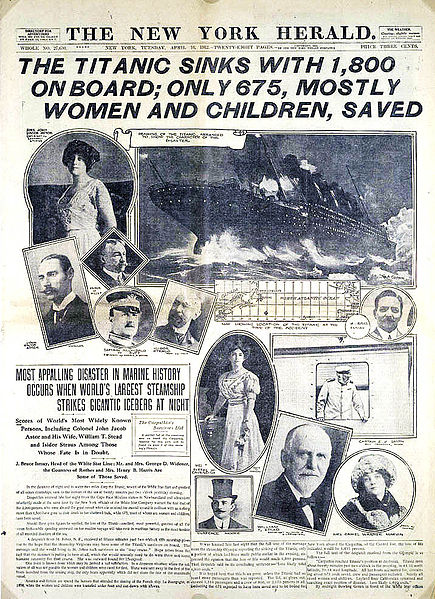
Titanic Lifeboat
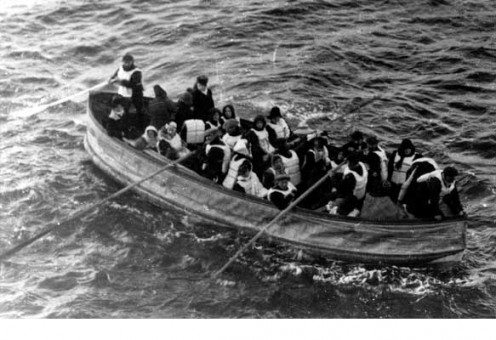

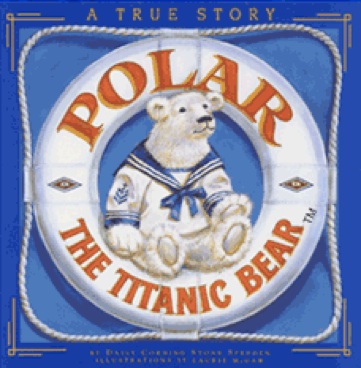
Small Stories:Polar the Titanic Bear
There were many individual experiences on the ship that have emerged over the years and been retold in very poignant ways. One such true story was that of a Steiff teddy bear, Polar the Titanic Bear, whose amazing history was unearthed and put into a children's book by Daisy Speddon.
Polar's tale is loaded with pathos and charm and of course, although told from the bear's perspective, it's really about humans. The Speddons, Daisy, her husband and their only son Douglas, were passengers on the Titanic , returning form the Riviera via Paris and Cherbourg, where they joined the fateful ship.
During the sinking they managed to climb onto a lifeboat but Polar, who had been snuggling under Douglas's arm, slipped into the water to be lost at sea. Much to Douglas's relief, he was eventually rescued by a sailor and returned to his owner.
Polar's story was discovered decades after the event in an old, dust encrusted Louis Vuitton trunk by Leighton H. Coleman III, in a barn on his Grandparents farm in Long Island. Leighton, a relative of the Speddons, was fascinated with the many Edwardian treasures he found in the trunk, which included diaries, photograph albums and objects from a vanished world.
Among the treasures was a small booklet Daisy Speddon, who, being something of a family chronicler, had written for her son Douglas as a christmas present a year after the Titanic disaster. The booklet chronicled Polar's travel adventures, before and during the Titanic journey and Leighton was so entranced by it he decided to publish it as a story for modern children.
![The Speddon family, passengers on the Titanic . Douglas Speddon [on the left] was Polar's owner The Speddon family, passengers on the Titanic . Douglas Speddon [on the left] was Polar's owner](https://usercontent1.hubstatic.com/8194722_f496.jpg)
Titanic Poster
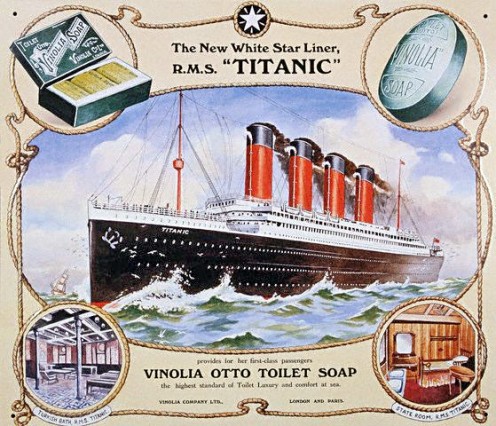
Resurrection of the Titanic:Titanic II
Will Clive Palmer's Titanic II sink with nary a gurgle? Or gather steam to become a legend among commercial liners?
It seems a strange thing that anyone would want to reproduce a massive ship, the chief claim to fame of which is its disastrous end. Yet that is exactly what Clive Palmer, mining magnate, political wannabe and infamous eccentric, is in the process of doing.
Palmer is a controversial, individualistic entrepreneur and along with the building of a Jurassic Park in Queensland [complete with mechanical dinosaurs], the Titanic II is a Palmer concept has copped a fair share of public criticism. A $500 million + project, it's an enormous commitment for anyone. Palmer himself has said it was down to a trip to China that the idea came to him.
According to the magnate, that country is "'desperate" to get into the luxury liner market and Palmer feels he's the one to make that dream come true for them. Supposedly a near exact copy, the projected launch of the replica ship is 2016 and while some are sceptical of that date, Palmer appears confident:
It took about six years of planning to build the original Titanic so we are way ahead of that.~ Clive Palmer, Courier Mail
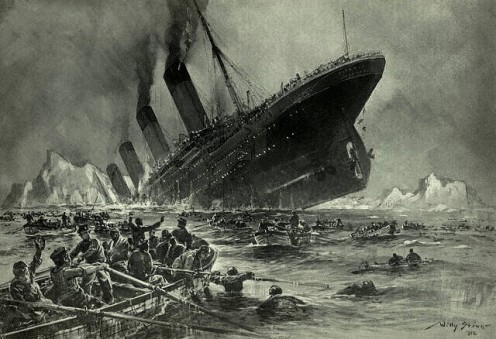
Titanic Endurance
The endurance of the Titanic in popular culture for a hundred years so far is remarkable and while Hollywood has certainly played a part in keeping the story alive for new generations, there is something so spectacularly human about the event that it is not likely to ever be forgotten, with or without a blockbuster film.
Despite the sceptics, I wouldn't be surprised if Clive Palmer's ambitious Titanic II vision succeeded, simply because of the global reach of the Titanic mystique. Of course it's not the real thing but that is now out of reach forever - Palmer's, some say tasteless, recreation is the closest thing there is, at least visually.
